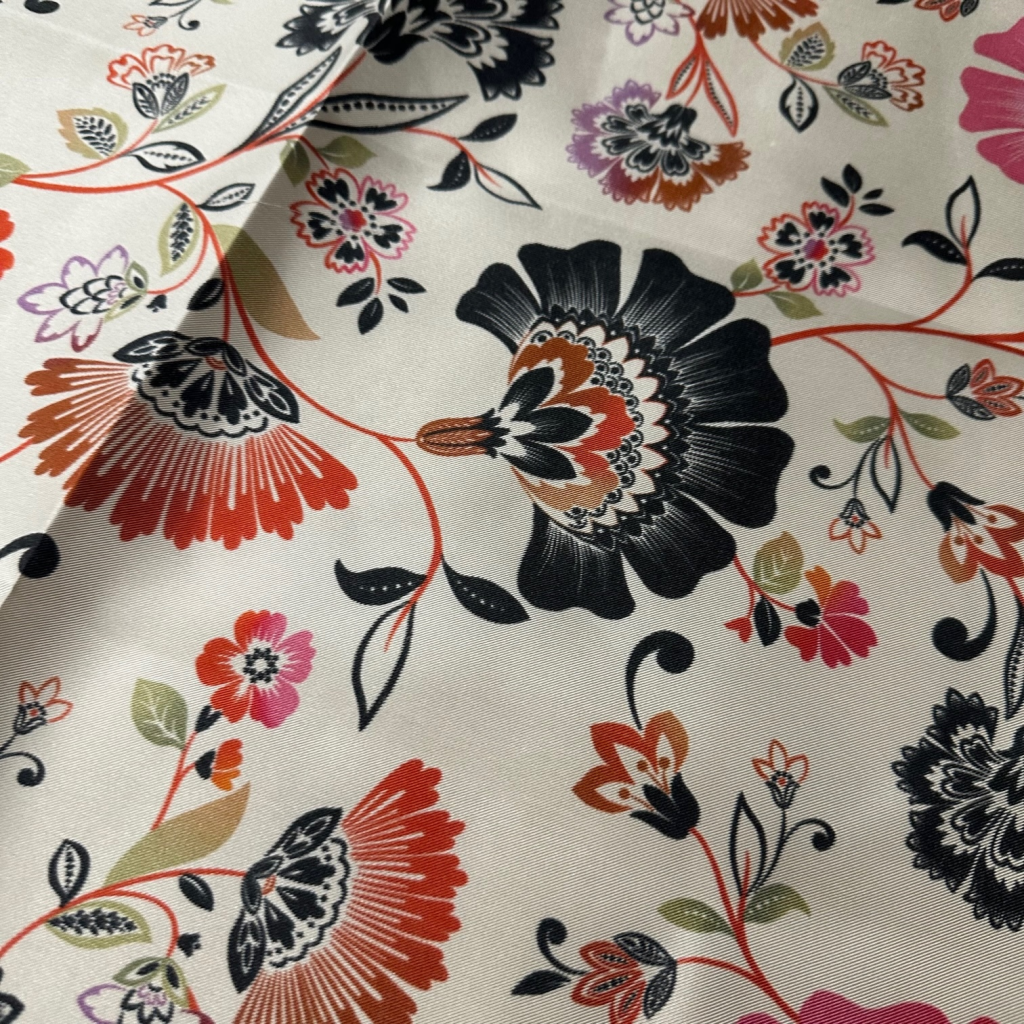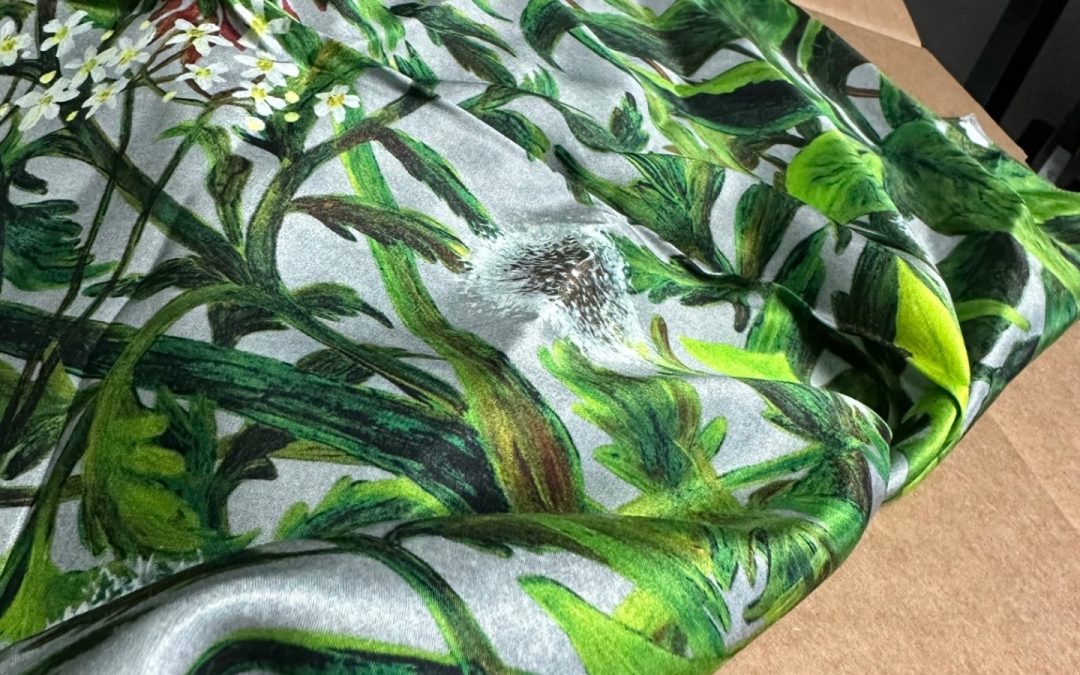Digital fabric printing UK, also known as digital textile printing, is a process by which designs are printed onto fabric using inkjet technology. It allows for the creation of customized, high-quality prints on fabric using digital printing equipment. This technology has revolutionized the fashion industry, offering numerous benefits and opportunities for fashion designers and consumers. In this article, we will discuss the impact of digital fabric printing on the fashion industry.
1. Small Quantities of Customized Garments can be Manufactured Easily
Digital fabric printing has also made it possible for fashion companies to offer greater customization and personalization to their customers. With traditional methods, it was difficult to produce one-off pieces or small batches of customized products, as the cost of setting up a production line and producing a small number of items was too high.
One of the most significant impacts of digital printing on fabric in the fashion industry is the ability to produce small quantities of customized garments. Traditional fabric printing methods, such as screen printing, are cost-effective only for large runs of the same design. This means that fashion designers have had to order large quantities of a particular design, even if they only needed a few. With digital fabric printing, designers can order small quantities of customized garments, allowing for greater flexibility and the ability to test new designs without the risk of excess inventory.
Digital fabric printing, allows companies to produce small quantities of customized products at a much lower cost. This has given rise to a whole new market for personalized fashion products, such as custom-printed t-shirts, phone cases, and other accessories.
2. It Allows Greater Flexibility in Design
Digital fabric printing UK has also allowed for greater flexibility in design. Traditional printing methods are limited by the number of screens that can be used, which means that the number of colors and design elements that can be included is limited. With digital fabric printing, there are no such limitations, allowing designers to create complex and detailed designs that would not be possible using traditional methods.
3. Garments can be Created Quickly With More Efficiency
Another impact of digital fabric printing on the fashion industry is the ability to create garments quickly and efficiently. Traditional fabric printing methods can be time-consuming, with the setup and cleanup process alone taking several hours. Digital fabric printing, on the other hand, allows for the creation of garments in a matter of hours, allowing fashion designers to meet tight deadlines and respond quickly to changing trends.
Traditionally, fashion designers would create their collections by sketching out their ideas and then producing physical samples of their designs. This process was time-consuming and costly, as it involved sourcing materials, setting up production lines, and producing large quantities of each design.
Digital fabric printing has changed all that. Fabric printing services can now create digital versions of their designs and use specialized software to manipulate them in various ways. They can experiment with different colors, patterns, and fabrics, and see what the final product will look like before it goes into production. This allows them to make design decisions faster and more efficiently, and to produce smaller quantities of each design without incurring the same level of risk.
4. It Promotes Sustainability and is an Eco-friendly Option
Digital fabric printing has also had an impact on sustainability in the fashion industry. Traditional fabric printing methods can be damaging to the environment, with screen printing, in particular, requiring the use of harsh chemicals and generating a significant amount of waste. Digital fabric printing, on the other hand, is a much more sustainable option, with the use of water-based inks and the ability to print only the quantity of fabric needed, reducing waste.
In addition, digital fabric printing allows designers to print on a wide range of materials, including natural and sustainable fabrics such as organic cotton and bamboo. This has opened up several new scopes of opportunities for fashion companies to create more environmentally-friendly products and for consumers to come up with new demands.
In addition to the benefits for fashion designers, digital fabric printing has also had an impact on consumers. With the ability to produce small quantities of customized garments, consumers can now easily order unique and personalized garments, rather than being limited to mass-produced options. This has led to a rise in the popularity of made-to-order and bespoke fashion, with consumers able to specify their own design preferences and measurements.
Digital fabric printing has also had an impact on the retail landscape, with the rise of online fashion retailers offering made-to-order and customizable options. This has given consumers more options and made it easier to purchase unique and personalized garments, while also allowing retailers to offer a wider range of products without the risk of excess inventory.
Wrapping Up
In conclusion, digital fabric printing has had a significant impact on the fashion industry. It has allowed for the production of small quantities of customized garments, greater design flexibility, quicker and more efficient production, and increased sustainability. It has also had an impact on consumers, with the ability to easily order personalized garments, and on the retail landscape, with the rise of online retailers offering made-to-order options. Digital fabric printing is set to continue revolutionizing the fashion industry in the coming years.

